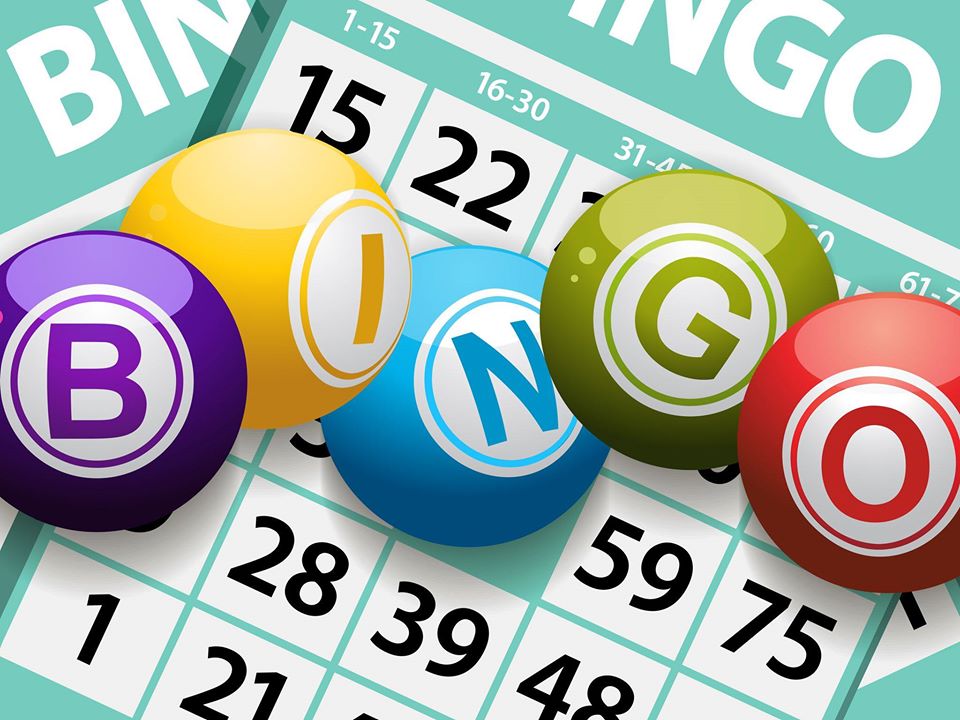
Bingo: How Tradition is Born and Why It Is Played at Christmas – 2024 Guide
The tradition of the Bingo comes from Italy and the original name is “Tombola”. Indeed it is not known to most how the game, a variant not too different from the more international Bingo, is a strictly Italian appointment; there are no traditions associated with that of Christmas “bingo” in the rest of the world, for which the game of drawing by lot remains a classic game of chance like others. In Italy, the “home” version of the public lot has for years established itself as a family pastime, a must for every stratum of the population. The game has abandoned its strictly territorial origins to establish itself as an unmissable appointment, to read the cultural implications of bingo you can visit here www.winkbingo.com/blog/christmas-bingo
Here are the historical origins of the Tombola, the classic Italian Christmas holiday game and an unmissable appointment for millions of families
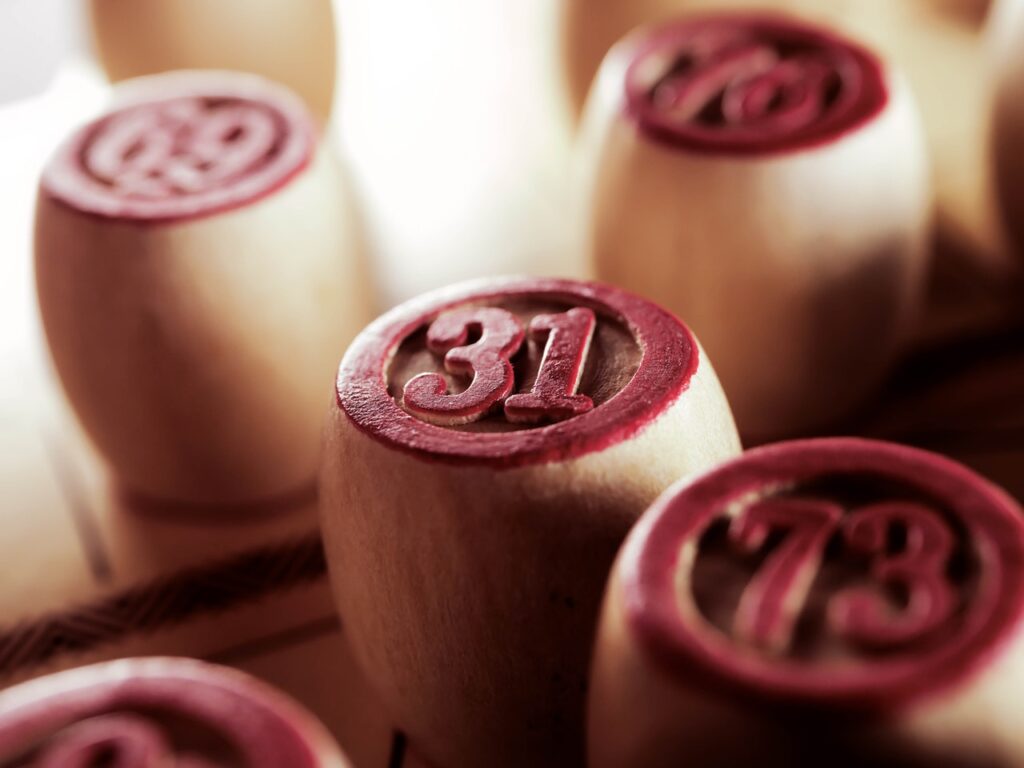
The Tombola is in fact an entirely Italian game, and although folk tales are to be taken with a grain of salt, it seems to share a well-known story of origin in tradition. The date of birth of the Tombola would therefore be marked in Naples, in the distant 1734. At that time, the Neapolitan city was annexed to the Kingdom of the Two Sicilies; it was in such a context that the game developed and took hold, under the reign of Charles I of Bourbon. Popular history wants the modern game to be based on a clash between the monarch and the Dominican Friar Gregorio Maria Rocco. The latter would have tried in every way to impose the abolition of gambling games on the territory of southern Italy on the King; to the constant refusals of Charles I, the two reached an agreement: to ban the very popular Lotto during the Christmas period.
It was therefore from the restrictions imposed on the Neapolitan people that the Tombola saw the light for the first time, in the first decades of the eighteenth century. With the suspension of public draws, southern families learned to make do with a sort of “home-made lotto”: just the forerunner of the modern game. Nothing could be simpler: ninety numbers associated with the classic Grimace, probably of Arab or Kabbalistic origins; a wicker basket to hide them; an extractor, with the task of taking the place of the state during the period of prohibition. The rest is history.
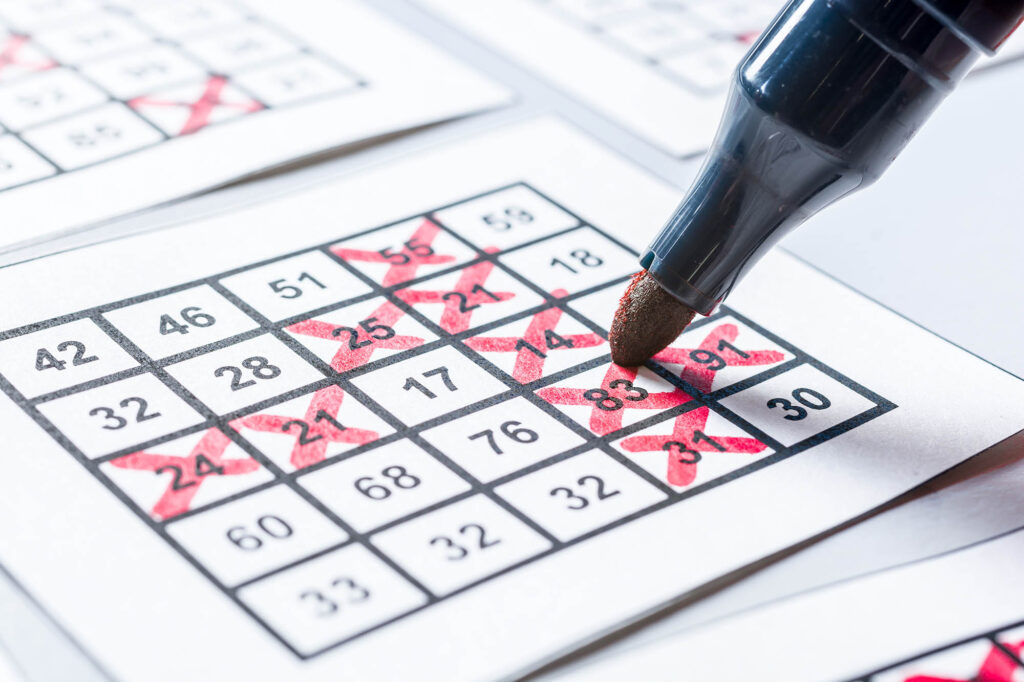
It is a tradition that has existed in Naples for almost 300 years. But do you know how bingo is born? It was born more or less in the era of Charles III of Bourbon. At the time he was King of Naples and his spiritual confessor, Father Gregorio Rocco, just could not bear the idea that during the Christmas holidays and, in particular, during the advent period, the Neapolitans continued to play the lottery, l opium of the poor. “Majesty – Father Gregorio repeated – so Christmas goes to be blessed, the bancolotto prevents you from feeling the contrition of Christmas. If at least we managed to suspend it … “And so it was that Charles III, a Catholic, decided to ban the game of public bankruptcy during the Advent period.
But to the Neapolitans, this thing just couldn’t go down. And so they organized themselves with, so to speak, homemade bankruptcies. A domestic, artisanal lot: with the twigs, they made cylinders similar to those used for public games and a sack to collect them similar to the “pillow”, the one used to embroider. Hence the name.
However, there was always a public ban. And, from the low, the numbers drawn could not be shouted. Thus the tradition of using their meaning took root: ‘o sole, 1. Christmas, 25. o pat de creature, 29.
It is the first embryo of what will soon become the Neapolitan cabala, with the meanings attributed to the individual numbers. A set of values that will be uniformly spread throughout the city
There is more. When the Neapolitans who immigrated to New York decided to play bingo, they no longer remembered the name. But they remember, instead, that it was played with beans. Which in English are “beans”. Thus was born the “bean game”. I mean, you got it right. American bingo was born in Naples, in its ancient heart, when the city was a capital.
Did you know that there are different types of Bingo?
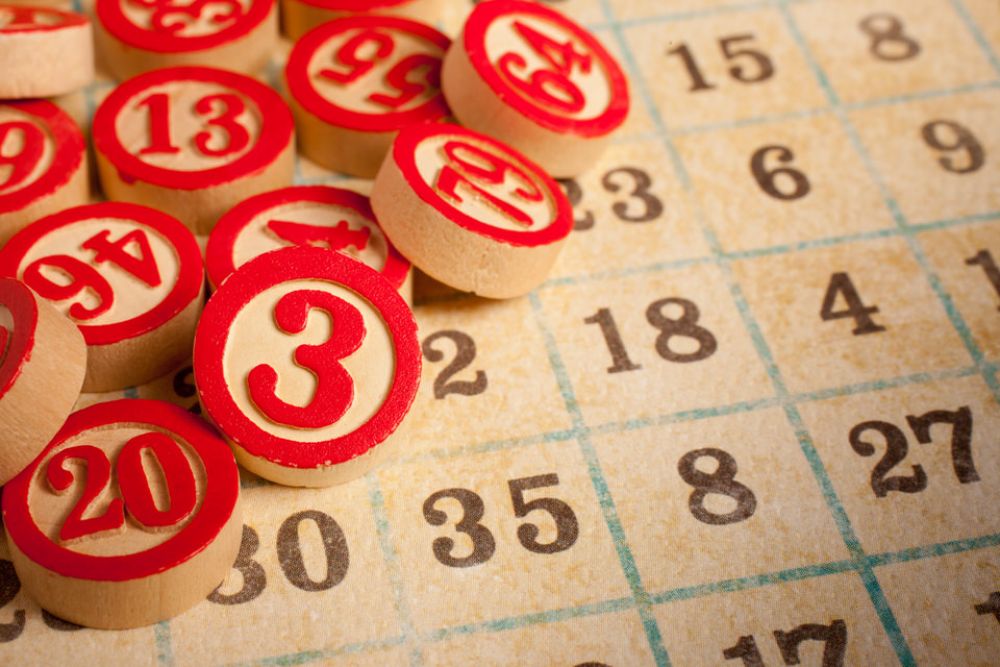
Well yes, despite being a simple game with almost elementary rules, Bingo has some variations that differ in some small details. And these differences are able to give new life to the game, making it always exciting and interesting.
There are 3 main variants of Bingo and they all derive from the national tradition of this game, which over time has been proposed differently in some countries.
Here then is the American Bingo, the English Bingo and the Italian Bingo, which on the basis of a consolidated game in the development, put a little spice with some interesting differences between them. So let’s see what they are.
American Bingo
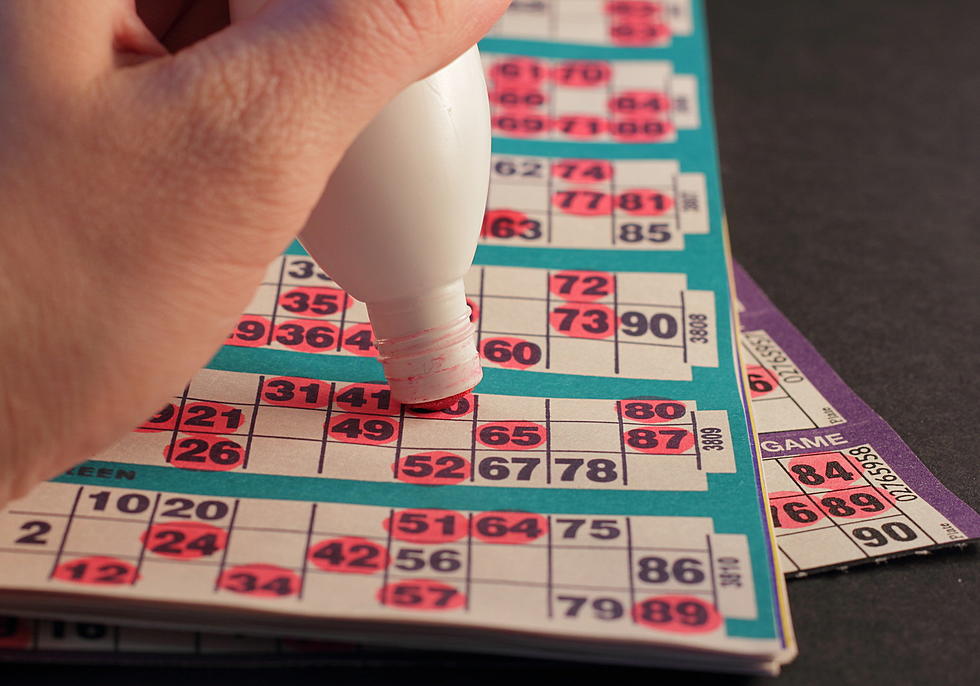
American Bingo is the one that differs most from the more traditional one we are used to knowing. First of all because it takes place on the basis of 75 numbers instead of 90. But the differences with traditional Bingo do not end there.
Some variations are also found in the cards that can be purchased to participate in the game. The American Bingo card is made up of a 5 X 5 grid which therefore houses 25 boxes, in which the central one is devoid of numbers, hosting only the word “free”. The numbers available for each folder are therefore 24 and with these we should be able to reach the winning completions.
Another peculiarity relating to the American Bingo cards is represented by the fact that they present one of the letters that make up the word Bingo above the columns of numbers. So when the number is called, the letter associated with the relevant number will be announced, for example it could be called B-15: in this case you will have to look for the number 15 present in column B.
